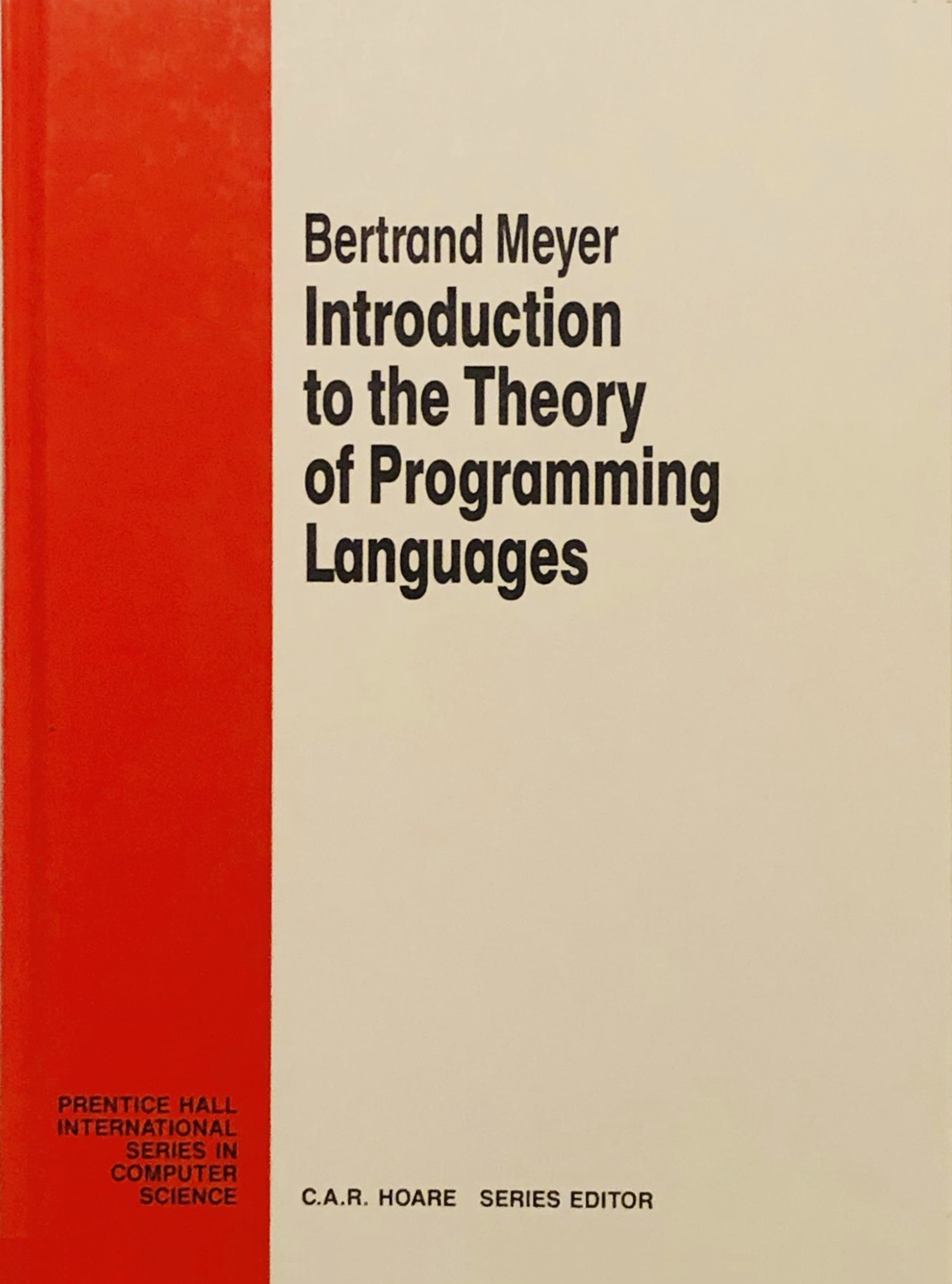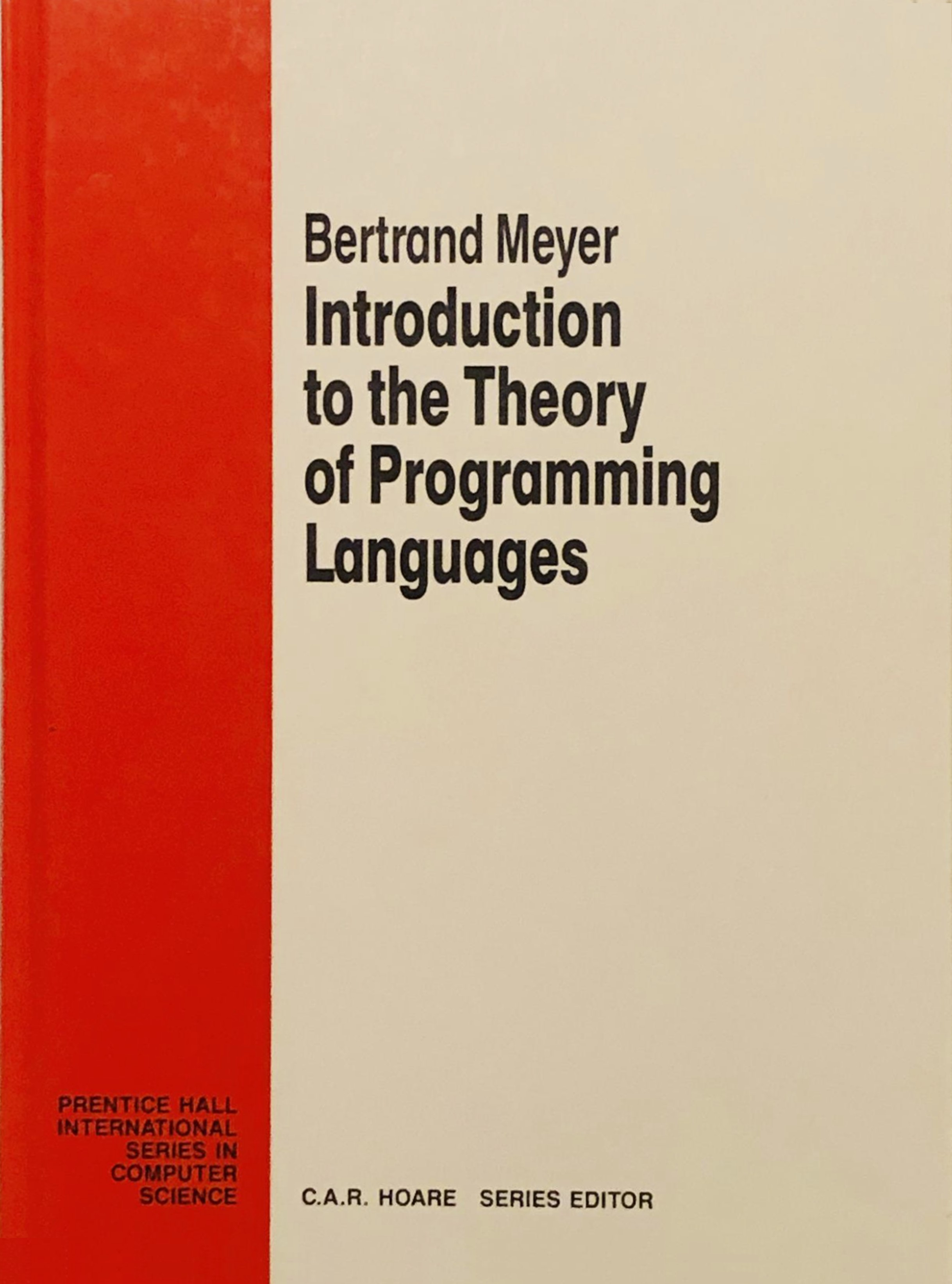It is customary for an article to carry some kind of lesson or moral. This one does not. Or to be more exact it does have a lesson, several perhaps, but they are left to the reader to draw.
It is also customary, for an article that is written as a tribute to deceased people, that the writer would have known them. I never knew the protagonists of my chronicle. But my sister and I — along with a dear cousin, and I hope her children and grandchildren — are among the few people who still know they existed. Hence the need for a tribute lest the last traces of their stay on earth vanish forever.
They were German: Louis Bernheimer, born on 5 December 1875 in Issenhausen in Alsace, then part of Germany, and his wife Paola, born in Bayreuth on 12 February 1879, yes, that same Bayreuth where Wagner had premièred his quintessential German opera, Das Rheingold, three years before. They were German and seemingly, as we shall see, very German.
I know little about them, nothing else in fact than reported in this little note. One thing I do know is the nickname by which people in Paris called them behind their backs: “Mr. and Mrs. Bei Uns”. I know it because my father mentioned it to me. Just once, a long time ago, but I remember.
We need a bit of context. Herr und Frau Bernheimer flew Nazi Germany in the thirties with their son Fred, a young professional photographer, and settled to a safe place, or a place they thought was safe: Paris. There Fred met my father’s sister Éliane and married her; they had two children, my cousins. Now we are talking about the only people in this story whom I did know. Éliane was a strong personality, a dedicated feminist and activist. When her husband was hit with cancer and she abruptly found herself a widow with two young children and no resources, she took over his photography studio, learned the trade — about which she had known nothing — and made the business prosper. After the war, Studio Bernheim (the name shortened so that it would sound less German) became one of the fashionable addresses in Paris, thanks to both Éliane and her son Marc who trained himself to become its chief photographer while still a teenager.
Bei uns in German means the same as “chez nous” in French and translates as “at our home”, although that is not a good translation because English lacks a preposition that would accurately reflect the French “chez” or (in that sense) the German “bei”, which mean something like “in the home of”. “Home” in a very intense and cozy sense, not just the physical house, but encompassing culture, country, community. Russians similarly say “U Nas”, literally “at ours” and, when talking about people, “Nashi”, literally “ours”, our people that is. In a Chekhov novella entitled A boring story (full text available online here), when the antisemitic narrator wants to mention that at the theater last night the person seated in front of him was a Jew, he says that he was sitting behind an “iz nasikh”, a deformation with a fake Jewish accent of “iz nashikh”, one from our own, to suggest — ironically in light of the rest of my own boring story — a member of a tightly knit community.
It seems that the Bernheimers (to come back to them) were seen by their new extended family as stuffy Germans fitting the stereotypes. Not just stuffy: critical. Apparently, they went around commenting that whatever was being done in their new French surroundings was not being done right, and explaining the way it was done back home, “bei uns”. If so, it was perhaps not the best way to ingratiate themselves with their hosts, and it is not surprising that people in the family started referring to them acerbically, according to my father, as Mr. and Mrs. Bei Uns.
As noted, I never knew the Bernheimers, although in a different turn of the story I would — I should — have known them as a child. Therefore I cannot guess whether I would have yielded to family opinions and found them insufferable, or liked them as delightful, exotic older relatives having gone through hard times and now doting on their children, grandchildren, nephews and nieces. Maybe both. I feel a certain remote sympathy for them in any case, having probably been resented, like anyone who has lived in countries where people insist on the “korrekt” way of doing things and comes back to more lackadaisical cultures, as a bit of a Mr. Bei Uns myself.
The irony is that in the eyes of many people, including many who would never consider themselves antisemites, Jews still have the reputation of harboring a feeling of solidarity with their own kin that transcends borders and trumps national allegiance. Here we have the reverse. Highly assimilated families on both sides, French Jews and German Jews, getting into a cultural conflict because some were French and some were German. Ever since the revolution emancipated French Jews, they have been passionately French. German Jews were just as passionately German (in the style of Heinrich Heine’s I think of Germany in the night, the poem entitled Nachtgedanken, written in exile in Paris, see its text here). French Jews do not ask themselves how French their are, since their Frenchness is as obvious to them as the air they breathe; it’s others who want them to prove it again and again — something that no one ever seems to require of people from certain regions of France such as Brittany whose inhabitants have a loudly proclaimed attachment to their terroir of origin. Unbelievably, the question still resurfaces regularly; it is even a theme in the current presidential campaign.
Why did I never get to decide by myself who Mr. and Mrs. Bei Uns really were: chauvinistic scolds, or a charming old-world couple? If they thought of themselves as German, as part of “uns”, the “uns” ruling Germany had a different understanding. When Germany invaded France in 1940, the Bernheimers flew, like many others, to the South of France, which until 1942 remained a supposedly “free” zone. Then the Germans invaded the “free” zone too. In August of 1943 Mr. and Mrs Bei Uns were rounded up near Bayonne. The town is close to the Spanish border; I do not know if they had hoped to cross over, as others managed to do. They were interned in the Mérignac camp, where Bordeaux airport lies today. From Bordeaux they were transferred to the infamous camp at Drancy, near Paris. From there they were put on convoy number 26 to Auschwitz, where they were murdered.
 Short version: the full text of my Introduction to the Theory of Programming Languages book (second printing, 1991) is now available. This page has more details including the table of chapters, and a link to the PDF (3.3MB, 448 + xvi pages).
Short version: the full text of my Introduction to the Theory of Programming Languages book (second printing, 1991) is now available. This page has more details including the table of chapters, and a link to the PDF (3.3MB, 448 + xvi pages).
